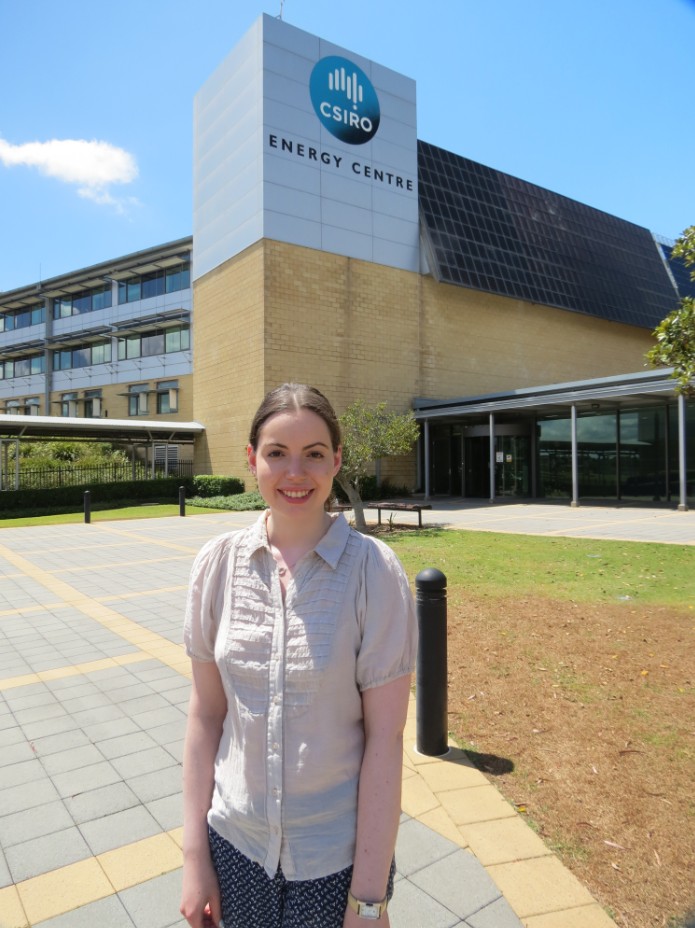Automated morphological imaging provides statistically relevant particle size and shape data, and when combined with Raman spectroscopy it also provides comprehensive chemical analysis. This is particularly useful for the precise identification of particles within a blend that cannot be differentiated on the basis of size and shape alone.
The NEW Morphologi 4 automated static imaging system and Morphologi 4-ID, with integrated Morphologically-Directed Raman Spectroscopy (MDRS), are powerful tools for every scientist seeking absolute analysis and understanding of their samples.
Advanced features include:
• Fully automated for characterising particles ranging in size from 0.5 µm to over 1300 µm.
• Sharp Edge analysis, an automated segmentation algorithm, makes it easy to detect and define particles.
• 18 MP camera and enclosure of the sample during imaging has led to high measurement sensitivity.
• Measure light-sensitive and low-contrast samples, such as proteins and certain mineral and chemical species, and deliver enhanced shape parameter sensitivity for samples.
For further details – click here
 Watch this video to see how the Morphologi is helping customers from forensics investigations to classifying and controlling contaminants of pharmaceutical materials.
Watch this video to see how the Morphologi is helping customers from forensics investigations to classifying and controlling contaminants of pharmaceutical materials.
 MDRS is a measurement technique which combines automated particle imaging with Raman spectroscopy – this animation will show you how it works.
MDRS is a measurement technique which combines automated particle imaging with Raman spectroscopy – this animation will show you how it works.
ATA SCIENTIFIC ENCOURAGEMENT AWARD – WIN $1500
The ATA Scientific Encouragement Award aims to provide young scientists with financial assistance to further their education and attend scientific meetings and conferences.
Simply outline in 500 words or less your answer to the question on our website. The participant who submits the most amusing or imaginative entry will receive the A$1500 award. There are also two runner up awards of $600 each.
Competition closing date 30 April 2018. Conditions apply.




 02 9541 3500
02 9541 3500














